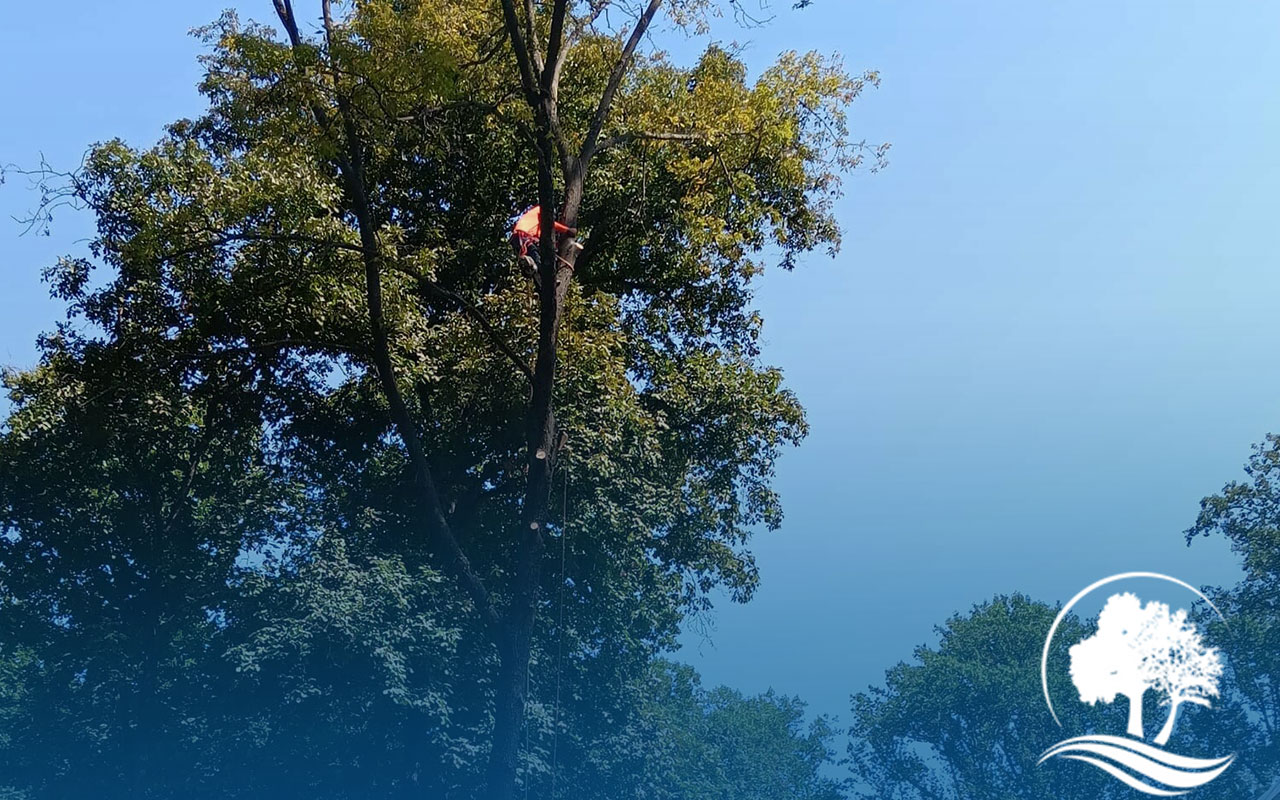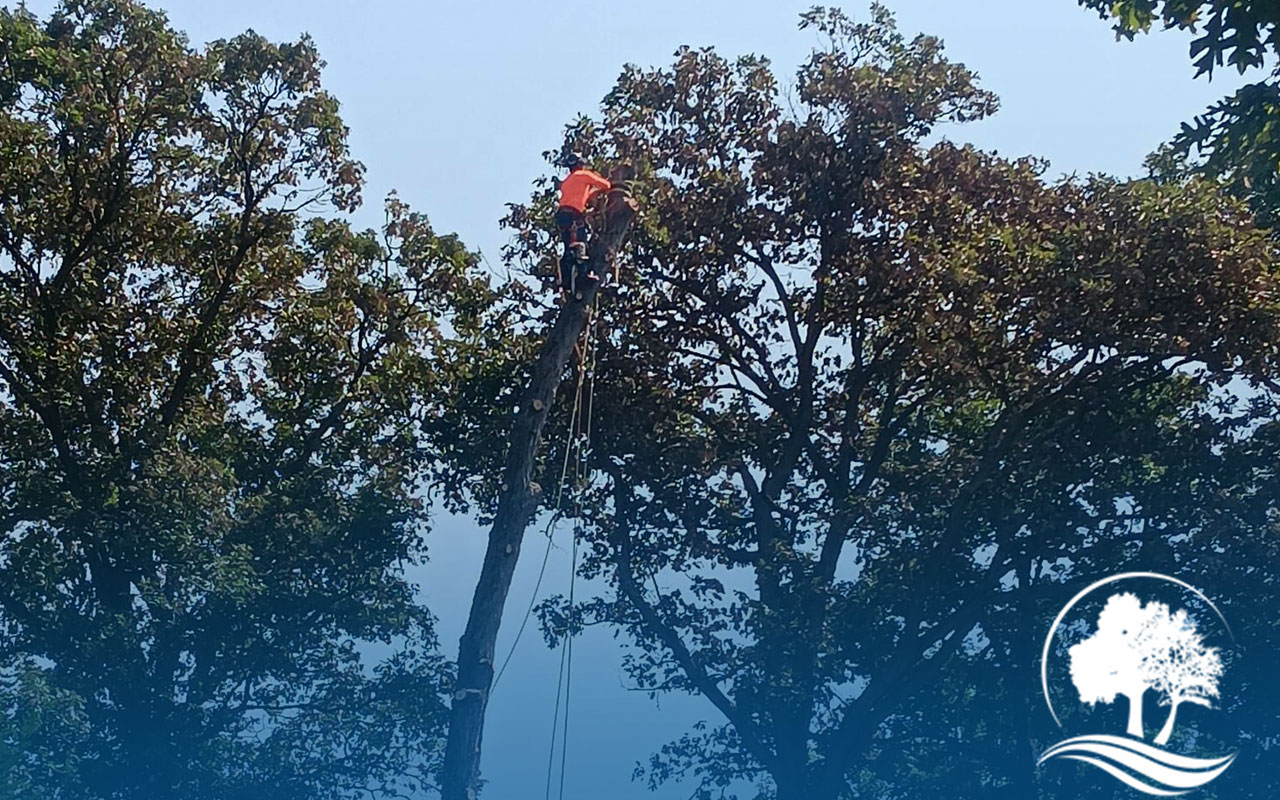
Pruning methods are crucial in plant health, affecting growth patterns and flower production. Whether shaping hedges, encouraging more fruit on trees, or maintaining a tidy landscape, using the right method makes all the difference. For homeowners and business owners in Baltimore, understanding pruning techniques can help improve the longevity and beauty of plants. But with so many approaches, how do you know which method is best? Let’s explore different pruning methods and when to use them.
Pruning Methods: Choosing the Right Approach
Understanding the Purpose of Pruning
Different pruning techniques serve different purposes. Some methods focus on removing dead or diseased wood, while others are designed to shape plants or encourage new growth. The main reasons to prune include:
- Encouraging stronger, healthier growth
- Controlling the size and shape of plants
- Increasing flower or fruit production
- Removing damaged or diseased branches
Types of Pruning Methods
1. Thinning Cut
This method removes an entire branch or stem back to its point of origin. Thinning improves airflow, reduces disease risk, and allows more sunlight to reach the plant’s interior. It is commonly used for trees, shrubs, and overgrown plants.
2. Heading Cut
Heading involves cutting back a branch to a specific bud. This encourages dense, bushy growth and is often used for hedges and shrubs. However, excessive heading can lead to weak new shoots, so it must be done carefully.
3. Deadheading
This method removes spent flowers from plants, redirecting energy into new blooms. Deadheading benefits flowering plants like roses and hydrangeas, ensuring continuous blooming throughout the season.
4. Rejuvenation Pruning
Overgrown or neglected plants can benefit from rejuvenation pruning, where large portions of the plant are cut back to promote fresh growth. This is effective for older shrubs and certain perennials but should be done sparingly.
5. Structural Pruning
This technique is commonly used for young trees to establish a strong framework. By removing weak or poorly spaced branches early, the tree develops a sturdy structure that prevents problems as it matures.
How to Avoid Pruning Mistakes
Even with the right pruning method, mistakes can hinder plant health. Here’s how to avoid common errors:
- Pruning at the wrong time: Each plant has an ideal pruning season. Cutting at the wrong time can reduce flowering or weaken the plant.
- Over-pruning: Removing too much at once can stress the plant and stunt growth.
- Using dull tools: Dull blades can cause jagged cuts, making plants vulnerable to disease.
- Ignoring plant type: Not all plants respond well to aggressive pruning. Researching specific plant needs prevents accidental damage.

Professional Pruning Services in Baltimore
Choosing the right pruning method requires skill and knowledge. If you want expert care for your trees and shrubs, our certified ISA Arborist team is here to help. We provide residential and commercial pruning services in Baltimore to keep your landscape healthy and well-maintained. Our team is licensed, insured, and BBB-accredited, always ensuring quality service. Contact us today for professional pruning solutions tailored to your needs.
